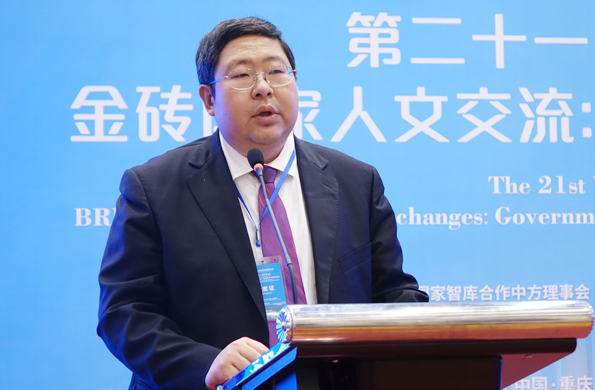Customs data reflects China’s contribution to world economy
 According to data released by China’s General Administration of Customs on Sept. 8, in the first eight months of this year, China’s total import and export volume of goods was 20.13 trillion yuan, an increase of 3.6% over the same period last year. Exports totaled 10.95 trillion yuan, up 6.1%, while imports totaled 9.18 trillion yuan, up 0.8%. The trade surplus was 1.77 trillion yuan, an increase of 46%.
According to data released by China’s General Administration of Customs on Sept. 8, in the first eight months of this year, China’s total import and export volume of goods was 20.13 trillion yuan, an increase of 3.6% over the same period last year. Exports totaled 10.95 trillion yuan, up 6.1%, while imports totaled 9.18 trillion yuan, up 0.8%. The trade surplus was 1.77 trillion yuan, an increase of 46%.The prominent increase in the trade surplus drew concern from three angles. From the perspective of trade partners, the world economy is increasingly dependent on China. China’s top three trading partners were the EU, ASEAN and the US during the first eight months of this year. The country’s exports to the EU and ASEAN respectively increased by 11.8% and 15.7%, while imports increased by 6.7% and 6.9%. Exports to the US decreased by 3.7% while imports decreased by 23.5%. The trade surplus with the EU, ASEAN and the US expanded by 22.9%, 65.4% and 7.7%, respectively. This shows how China continues to deepen the world economy’s interdependence.
In terms of trade categories, China has increased its contribution to the world’s midrange and high-end industries. Trade goods can be divided into raw materials and manufactured goods. The latter can be classified into high-end, midrange and low-end goods according to their position in the industrial chain. The industrial structure of a country can be reflected in the structure of trade goods. In the first eight months of this year, the aggregates of China’s imported raw materials such as iron ore, crude oil and natural gas all increased substantially. Mechanical and electrical products accounted for the largest share of China’s exports. The export volume of mechanical and electrical products increased 5.6% during that period, while imports dropped 3.1%. Thus, in China’s trade structure, raw materials are affected by both import volume and price, and their aggregate expenditure is growing rapidly. The imports of midrange and high-end manufactured goods have decreased while their exports have maintained fast growth. This indicates that China’s contribution to global midrange and high-end industries continues to rise.
From the trade perspective, China’s status in the global value chain is rising. General trade and processing trade account for about 85% of China’s total trade. Data shows that in the first eight months of this year, both the imports and exports of China’s processing trade dropped, while general trade increased rapidly in exports and slowly in imports. This proves that self-made products are increasing in China’s industrial structure.
Through the comprehensive analysis of the above three dimensions, China’s repositioning in the world economic pattern presents the following characteristics. Among global midrange and high-end industries, products marked “Made in China” are increasingly emerging. The doors of Chinese markets are opening more widely. In addition, China is becoming a more important trading partner with those developing countries dependent on exporting raw materials. Amid the rising risks and uncertainty in the international economic environment during the first eight months of this year, the Chinese economy demonstrated some durability.
This article was edited and translated from People’s Daily Overseas Edition. Jia Jinjing is assistant to the director of the Chongyang Institute for Financial Studies at Renmin University of China.
edited by CHEN ALONG

 PRINT
PRINT CLOSE
CLOSE